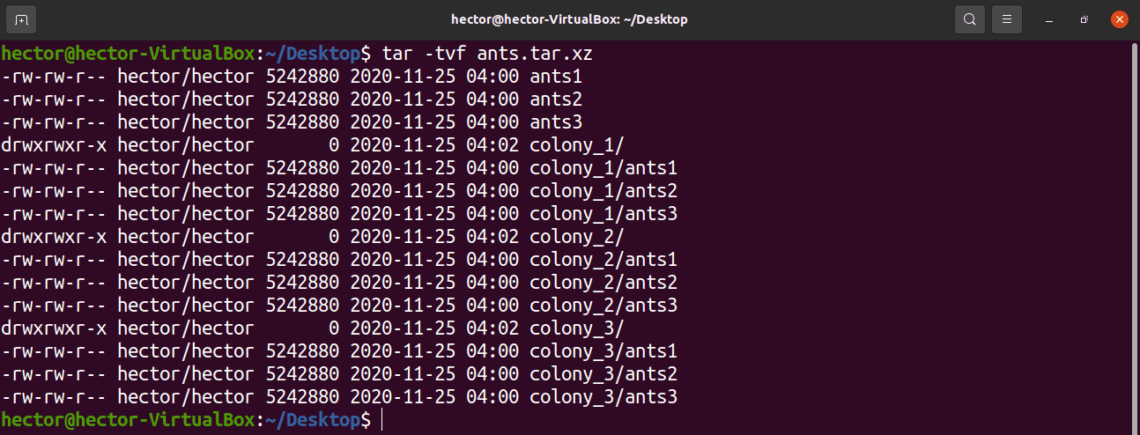

#Untar .gz file archive
The above command will archive all files with. tar -czf *.log /backup/*.sql /opt/list.txt You can also specify multiple files names to add them in single archive. In the above case the archive contains structure as “var/log/” and all files under the log directory. In case of absolution path, GNU tar also maintains the directory structure but skipped root (/) in file system. The following command will compress all files, directories and subdirectories under the /var/log directory. The -z option is used to compress with TAR + Gzip. Use -c command line option to create a tar archive. The above command will extract all files under /opt directory. This will change the extract location of files. To extract content to other directory us option -C (capital C). The below example command will extract content of file in the current directory. Use tar command with -x (extract), -z (gzip) and -f for the file name. This tutorial will help you with the followings: The same command is also used to extract, maintain, or modify tar archives via command line.

It creates highly compressed file to save more disk space. The tar command is used to compress multiple files and create a single archive file.
#Untar .gz file zip
The tar.gz file format is the combination of TAR packaging followed by the GNU zip (gzip) compression. tar.gz is compression format commonly used in the Unix based operating system. You can also extract some sub-directory: $ tar -xvf foo.A. $ tar -xjvf 2 docs/bar.txt Extract a Single Directory from a TarballĮxtract a folder, called docs, from an archive: $ tar -xvf foo.tar docs You can also specify a path to the file: $ tar -xvf foo.tar docs/bar.txt List the contents of a tar.bz2 file: $ tar -jtvf tar.bz2 OptionĬool Tip: There is no more need to remember all these -xvf, -xvzf, -xvif keys! This awesome bash function permits to extract any archive type with the single extract command! Read more → Extract a Single File from a TarballĮxtract a file bar.txt, from an archive: $ tar -xvf foo.tar bar.txt List the contents of a tar.gz file: $ tar -ztvf List the contents of a tar file: $ tar -tvf foo.tar Sometimes it is needed just to check the contents of a tarball without unpacking it.įor example, it goes without saying, that it is inadvisable to untar the whole large archive if you need for example to extract only a dingle file or a directory from it.Īnd of course this is possible with the Linux tar command, but firstly you need to check what is there inside the tarball without unpacking it. List the Contents of a tar, tar.gz, tar.bz2 Files File extensionĬool Tip: No more wasted time! Download from the web and untar in one step from the Linux command line! Read more → Untar tar, tar.gz, tar.bx2 FilesĮxtract and uncompress a tar.gz file: $ tar -xvzf Įxtract and uncompress a tar.bz2 file: $ tar -xvjf 2 Optionĭecompress the contents of the compressed archive created by gzip program ( tar.gz)ĭecompress the contents of the compressed archive created by bzip2 program ( tar.bz2)
#Untar .gz file how to
You will learn how to list the contents of a tar archive without unpacking it and how to extract only a single file or a single directory. The following article will help you to extract (unpack) and uncompress (untar) – tar, tar.gz and tar.bz2 files from the Linux command line. Most of the Linux files that can be downloaded from the Internet are compressed with a tar, tar.gz and tar.bz2 compression formats and it is important to know how to extract such files.


 0 kommentar(er)
0 kommentar(er)
